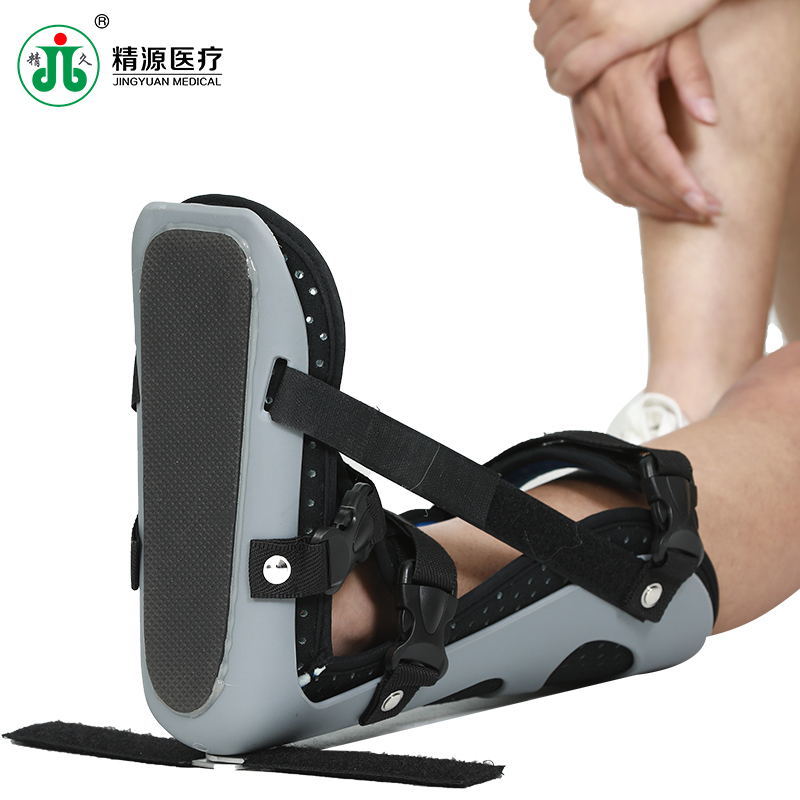Fracture Fixation Splint Manufacturer: Some Knowledge Points of Fracture
Release time:
Apr 01,2022
Fracture fixation splints: If the integrity of the bone is broken or the continuity is interrupted, it is called a fracture. Common causes are violence, cumulative strain, bone disease, etc. Fracture fixation splint manufacturer: According to whether the fracture is stable after reduction, it can be divided into stable fracture and unstable fracture. The former, such as transverse fracture, green branch fracture, incarcerated fracture and crack fracture; the latter, such as oblique fracture, spiral fracture and comminuted fracture.
fracture fixation splintIf the integrity of the bone is broken or the continuity is interrupted, it is called a fracture. Common causes are violence, cumulative strain, bone disease, etc. Patients often suffer from pain, swelling, and dysfunction at the stress site. Distinctive signs of fracture are deformity, abnormal movement and bone friction sound or bone friction sensation.
What are the common classification of fractures? Fracture fixed splint manufacturers for you to explain:
1. According to the classification of fracture line morphology, it can be divided into transverse, oblique, spiral, comminuted fracture, embedded fracture, compression fracture and epiphyseal separation.
2. According to the classification of fracture degree and shape, it can be divided into complete fracture and incomplete fracture. Incomplete fracture includes crack fracture and green branch fracture.
3. According to whether the fracture is connected to the outside world, it can be divided into closed fracture and open fracture.

4. Fracture fixation splint manufacturer: According to whether the fracture is stable after reduction, it can be divided into stable fracture and unstable fracture. The former, such as transverse fracture, green branch fracture, incarcerated fracture and crack fracture; the latter, such as oblique fracture, spiral fracture and comminuted fracture.
5. According to the time after injury is divided into fresh fractures and old fractures. The former is a fracture within 3 weeks after the injury; the latter is a fracture more than 3 weeks after the injury.
What are the clinical manifestations after fracture?
1. Fracture fixation splint manufacturers believe that the general local manifestations after fracture:
(1) pain, tenderness: limb activity pain increased; palpation of the fracture may have local tenderness and axial percussion pain.
(2) Local swelling and ecchymosis: after fracture, blood vessels in bone marrow, periosteum and surrounding soft tissue rupture and hemorrhage.
(3) dysfunction: fracture hind limb body support fracture, caused by pain.
2. Fracture fixation splint manufacturers believe that the whole body performance after fracture:
(1) shock: more common in multiple fractures, pelvic fractures, femoral fractures, severe open fractures. Patients are often in shock due to massive bleeding, severe pain, or concurrent visceral damage.
(2) fever: severe injury, massive internal bleeding, hematoma absorption, body temperature can rise, usually not more than 38 degrees.
Fracture fixation splint manufacturers believe that after fracture due to tissue destruction, bleeding, swelling, braking, manual reduction, surgery and other reasons, there will inevitably be varying degrees of joint stiffness.
fracture fixation splintManufacturers believe that early joint activity training: in ensuring the stability of fracture fixation, control of pain and swelling, patients should be encouraged to start active or auxiliary painless activities in the proximal or distal joints of the injured limbs as soon as possible. The peak of fibroblast formation is within one week after trauma, and scar adhesions are easy to form between the joint capsule, synovial plica and myofascia. Training mainly includes active, passive and auxiliary joint activity training.
Key words:



